Run out of places to explore in the Tri-city? Of course not, but take note that the surrounding region offers an additional wealth of wondrous places worth discovering.
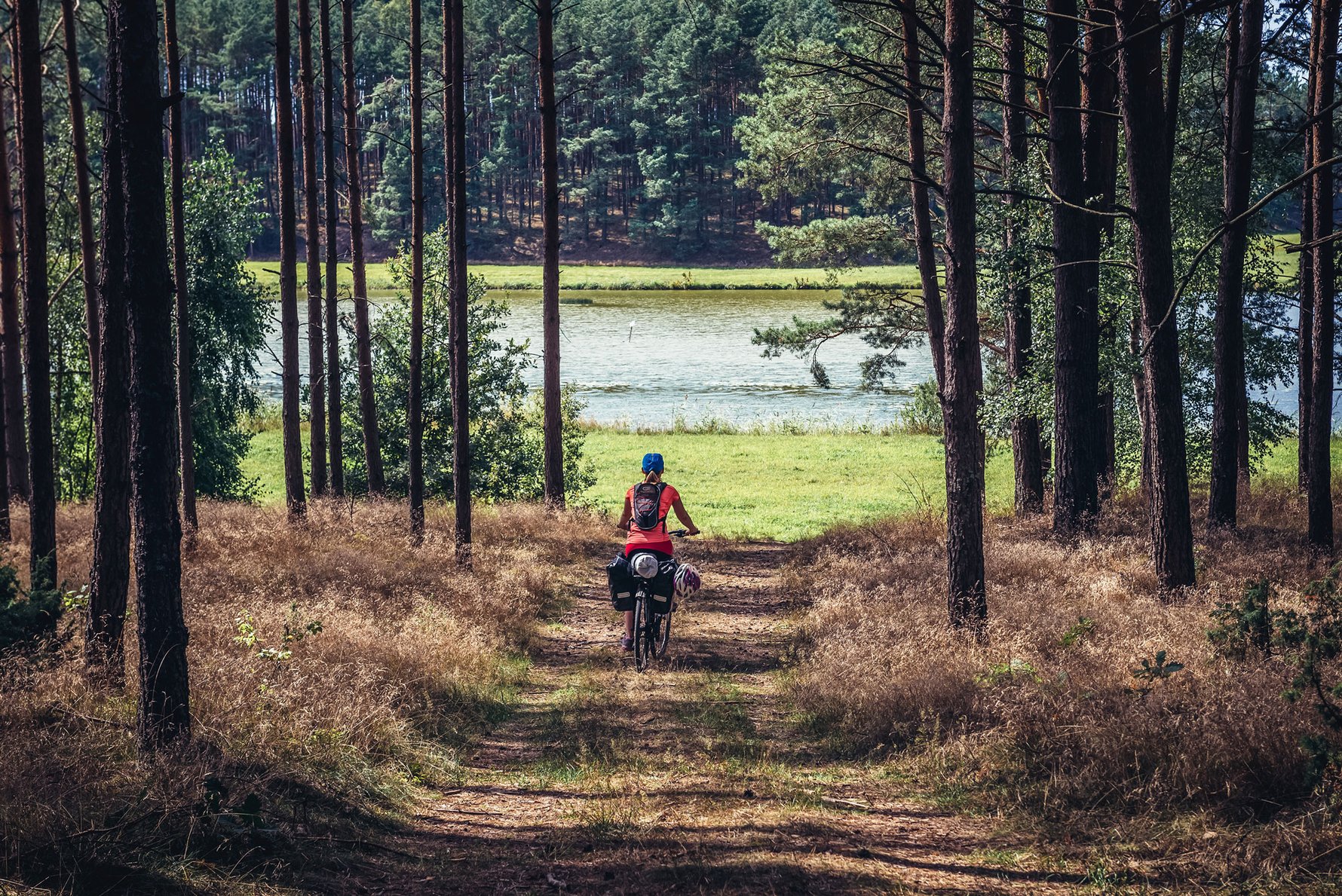
Hel
Across the Bay of Gdańsk, the Hel Peninsula is a lot more heavenly than it sounds. This thin strip of land projecting into the Baltic is only 100 metres across at its most narrow point and offers pristine beaches on all sides. At its very tip, the charming village of Hel is home to lovely brick and timber architecture, a colony of seals at its famous Fokarium (Seal Centre), and delicious daily catches of fresh fish - dine out during your visit. Taking the water tram is part of the experience, and a cheaper alternative to a private sea cruise.Getting there: Seasonal water trams run from Gdańsk (2.5hrs), Sopot (1.5hrs) or Gdynia (1hr); while trains also run all the way to the end of the peninsula from Gdynia (90mins).
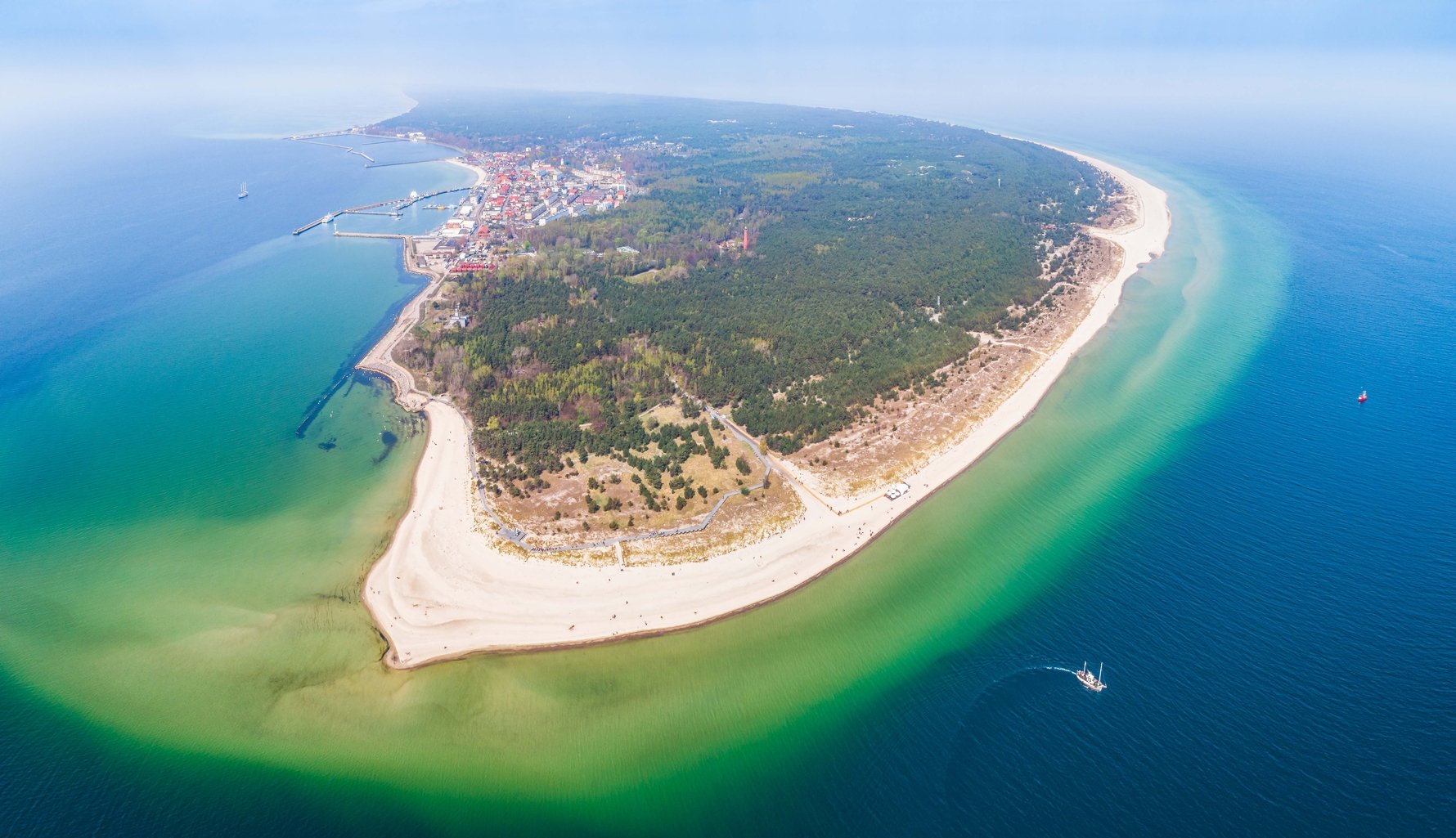
Słowiński National Park
Avoid the popular seaside village of Łeba - an overly commercial destination drenched in domestic tourism - and escape into the dunes. Located 97km north-west of Gdańsk, Słowiński National Park is home to the biggest sands dunes in Europe, backing onto a stunning forest of pines, a uniquely-formed coastal lake and an extra 32.5km of coastline to explore. Pack food and supplies, rent a bike and go wild!Getting there: Take the train to Lębork (60-90mins), then catch the bus to Łeba (40mins). Rent a bike when you get there and head west along the coast.
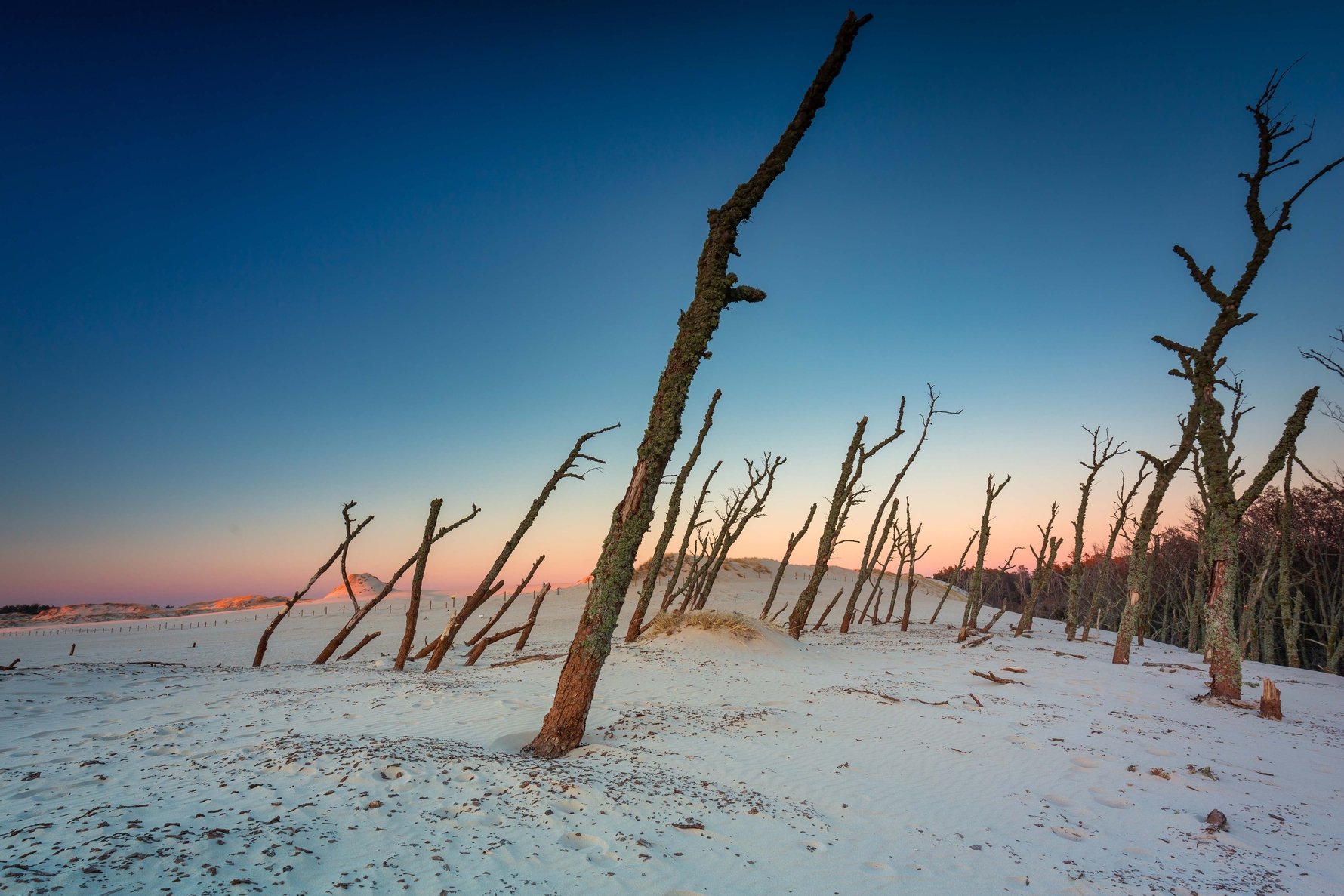
Malbork
62km south-east of Gdańsk is Malbork Castle - the world's biggest brick fortress, and inscribed on the UNESCO World Heritage List. One of Poland’s most impressive historical sites, this stunning castle complex was built in the 13th-century by the once-dominant Order of Teutonic Knights, and is so big that its incredible architecture, artefacts and exhibits take most of a day to explore. Malbork hosts many markets in the summer time, as well as medieval fairs and exciting jousting tournaments.Getting there: Take a regional train from Gdańsk (1hr) and walk to the castle (15mins).
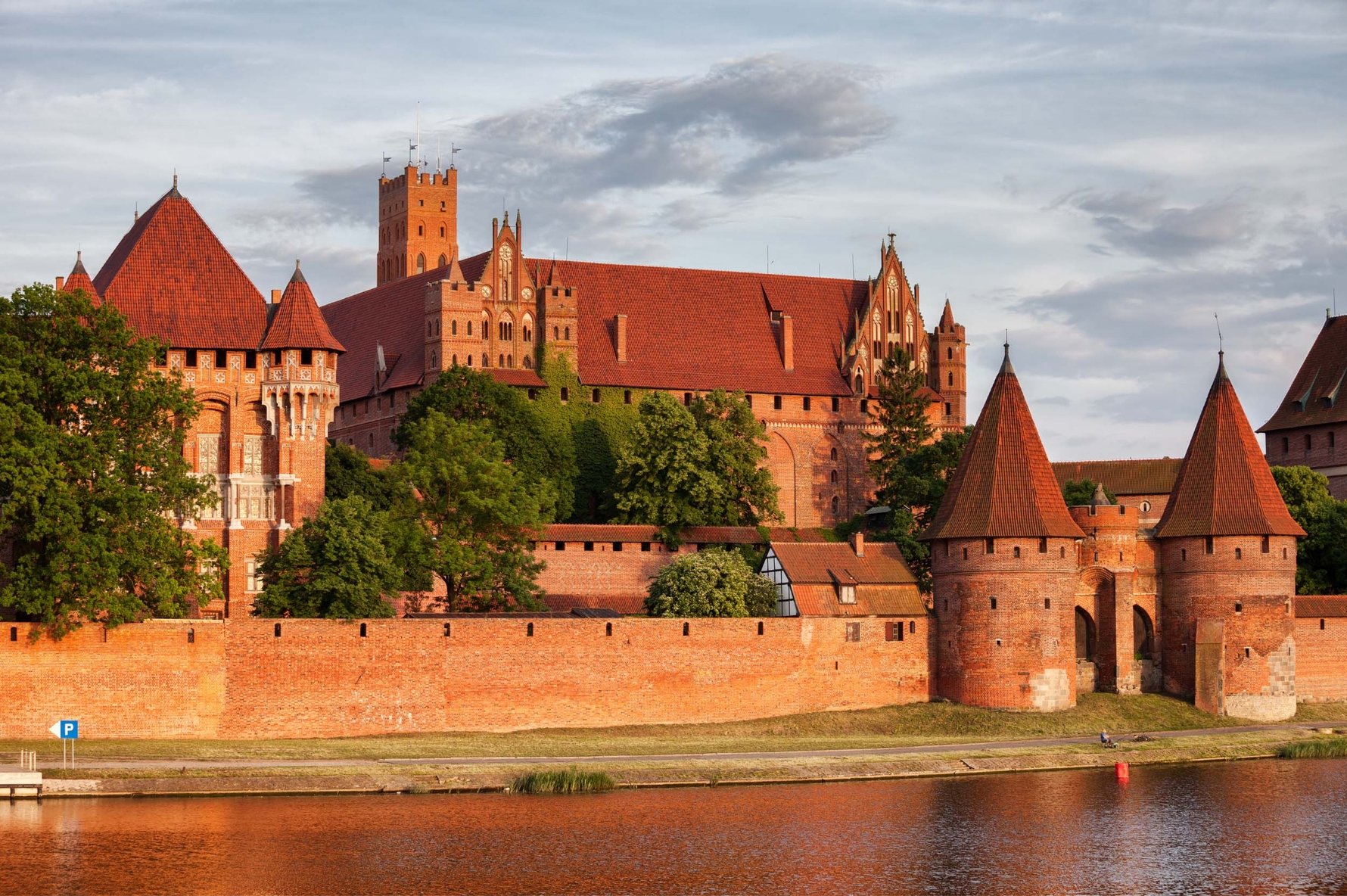
Elbląg
55km south-east of Gdańsk, Elbląg is another regional centre established by the Teutonic Order in the 13th century and boasts a picturesque Old Town with many medieval monuments and lovely riverside location. Those visiting by car may want to head another 30km south to the Elbląg Canal - a brilliant piece of 19th-century engineering that transfers boats between two waterways via a railway system, and has been named one of the '7 Wonders of Poland.'Getting there: Take a regional train from Gdańsk (1hr 20mins).
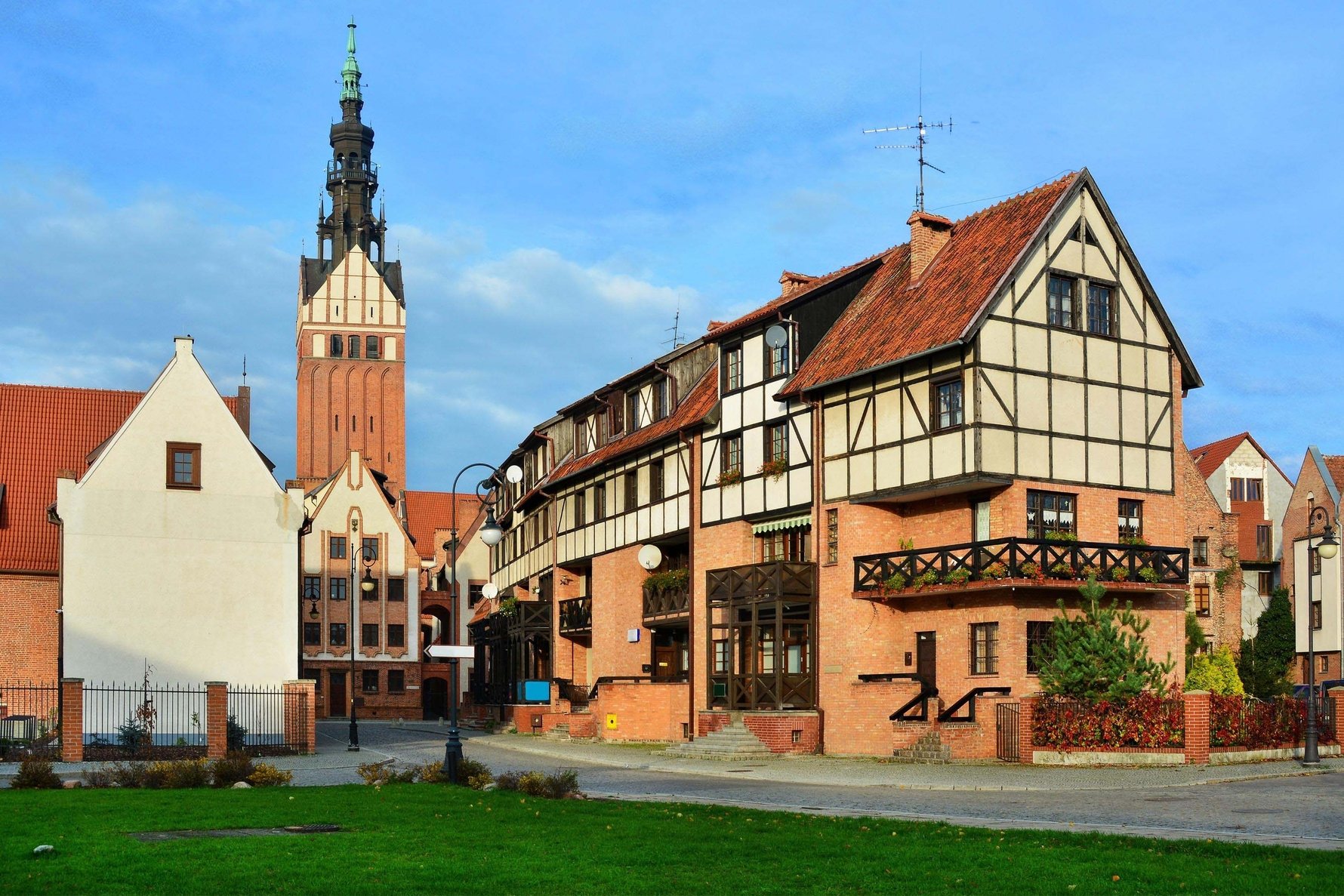
Stutthof
The first Nazi death camp built outside of Germany and the last to be liberated, some 110,000 prisoners from 28 different countries (the majority Poles and Jews) were held here, with 68,000 perishing inside. Today a museum and memorial, among the horrific details is evidence of Nazi experiments to produce soap from the body fat of victims. Set within the forest just a few kilometres from the beach, this peaceful and seldom-visited former camp has a different atmosphere than Auschwitz, but an equally lasting effect.Getting there: Take Bus 870 - marked either 'Sztutowo' or 'Krynica Morska' - from Gdańsk Bus Station and travel 55km east.
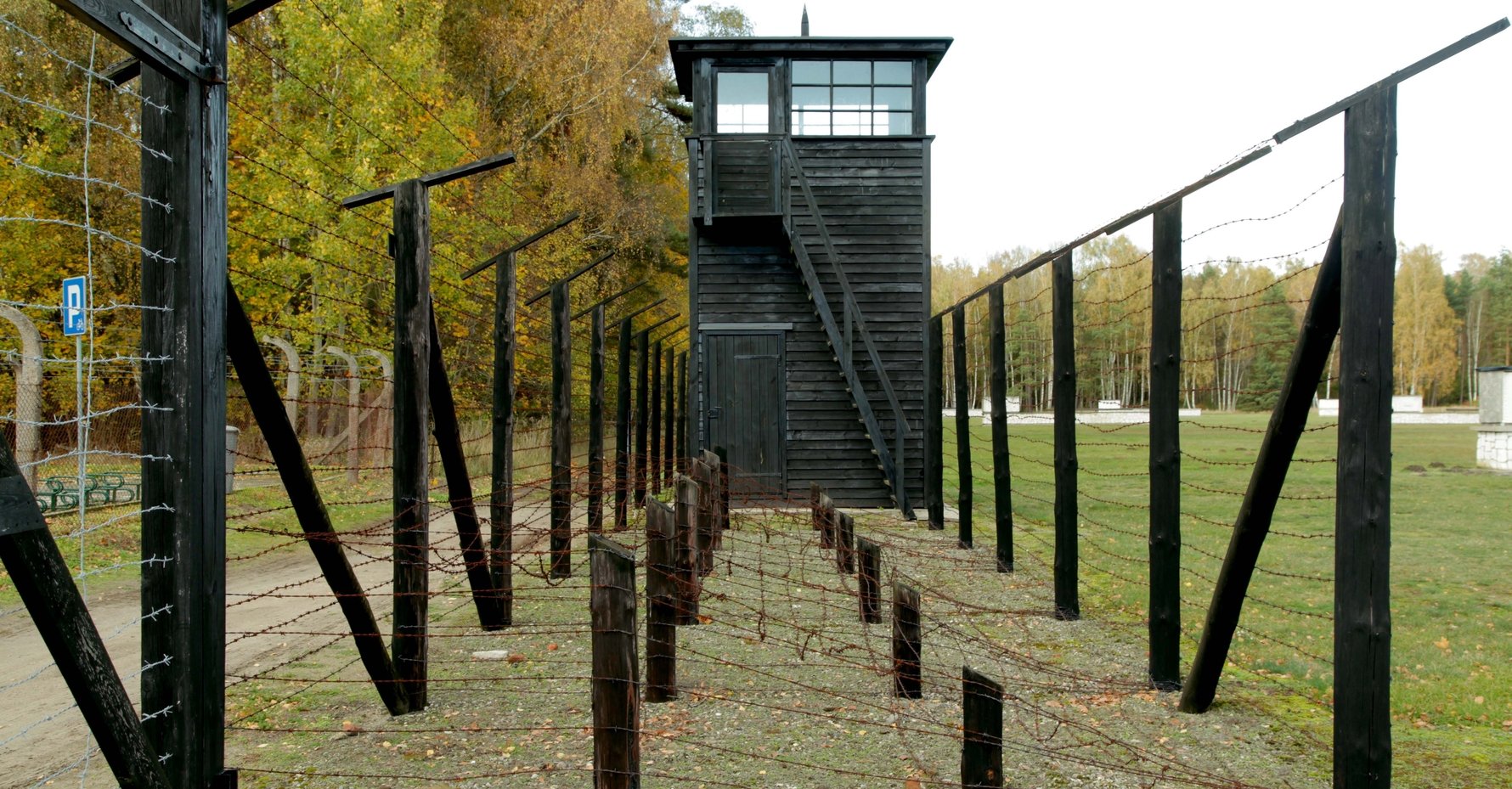


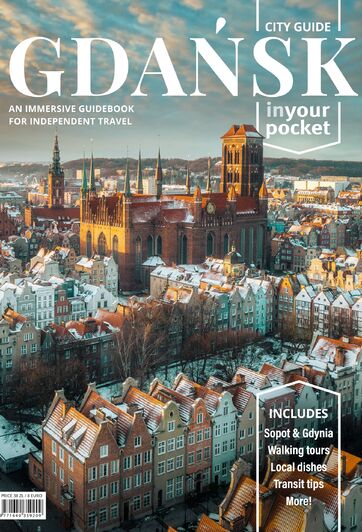
Comments